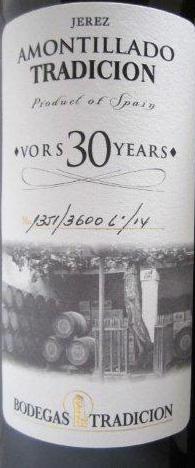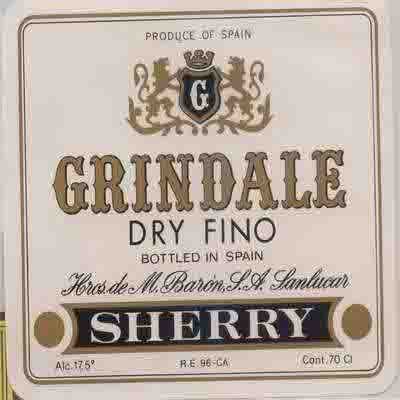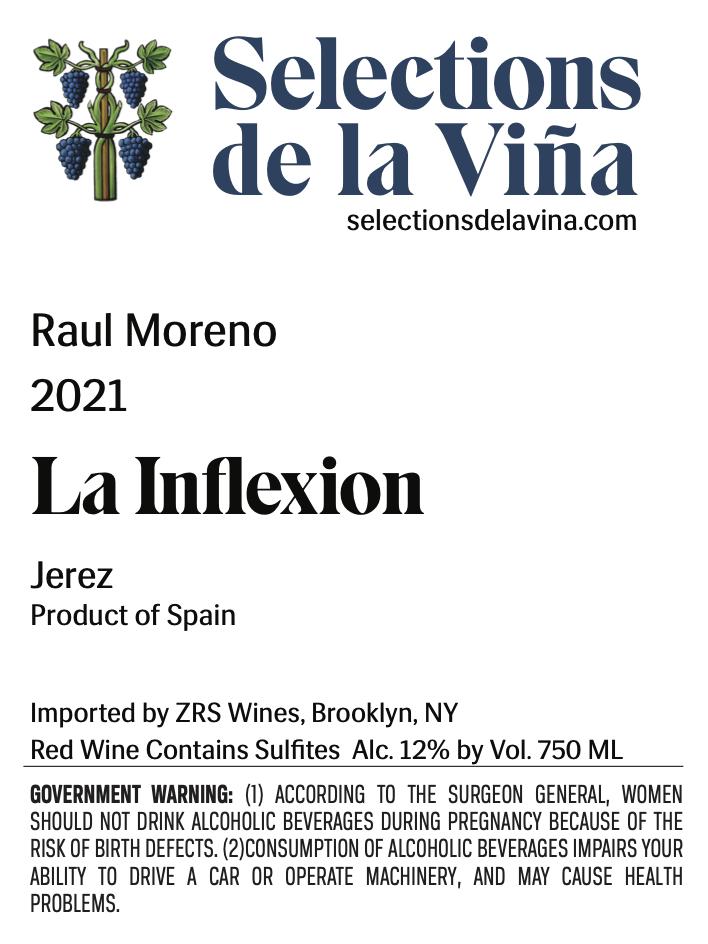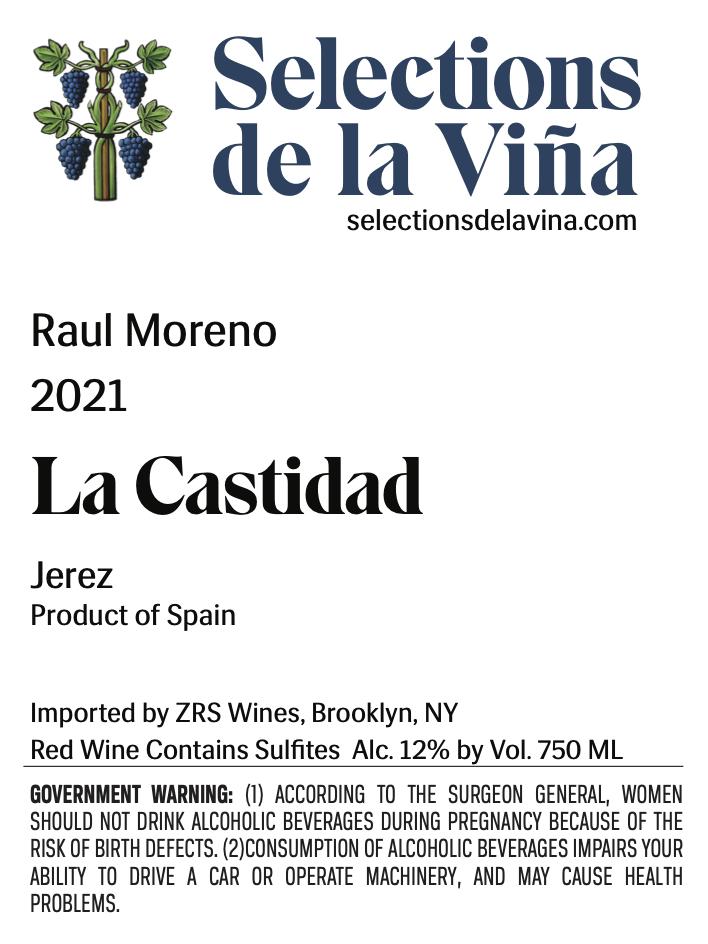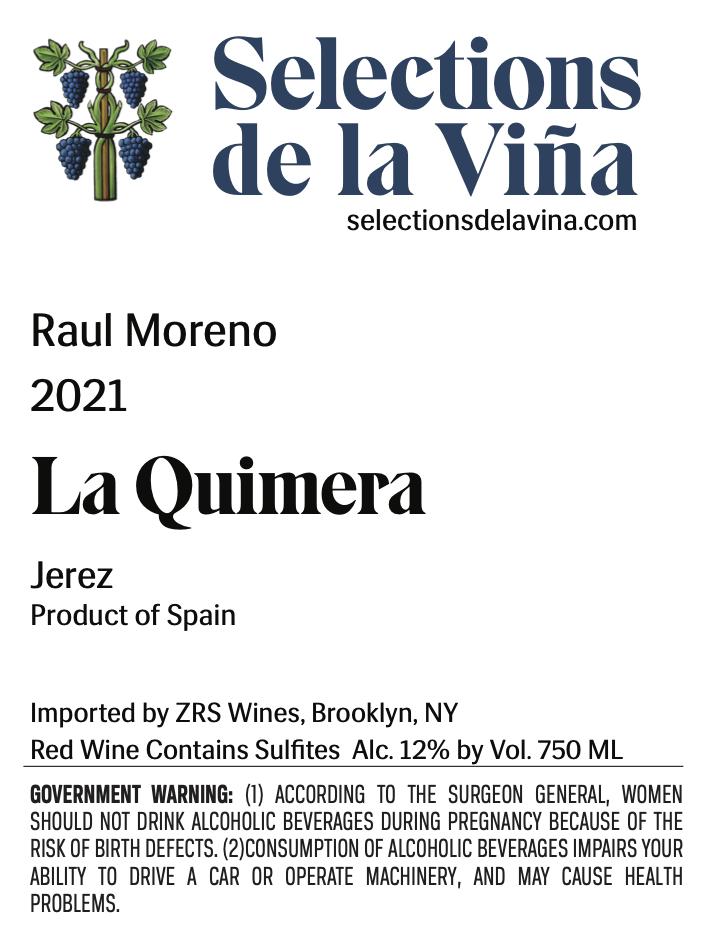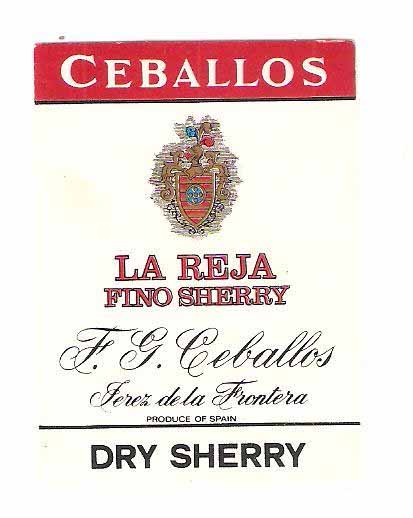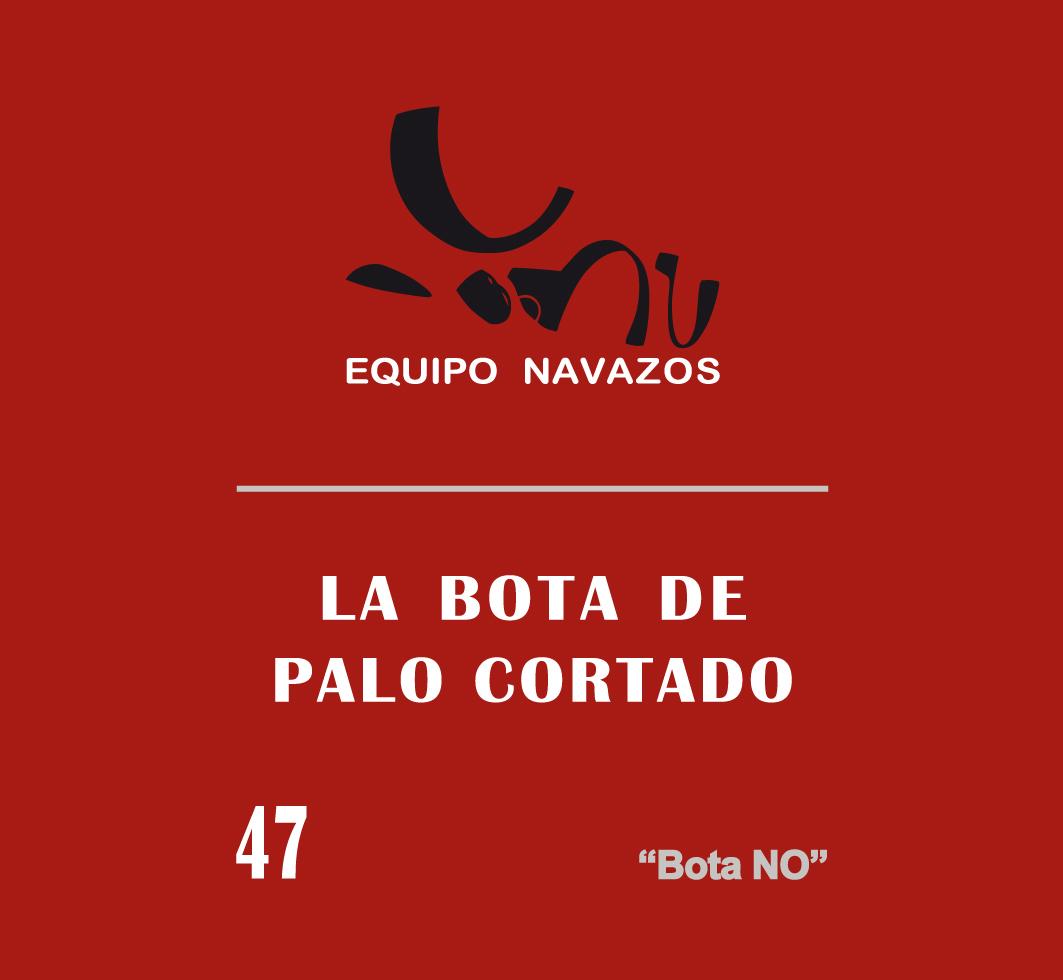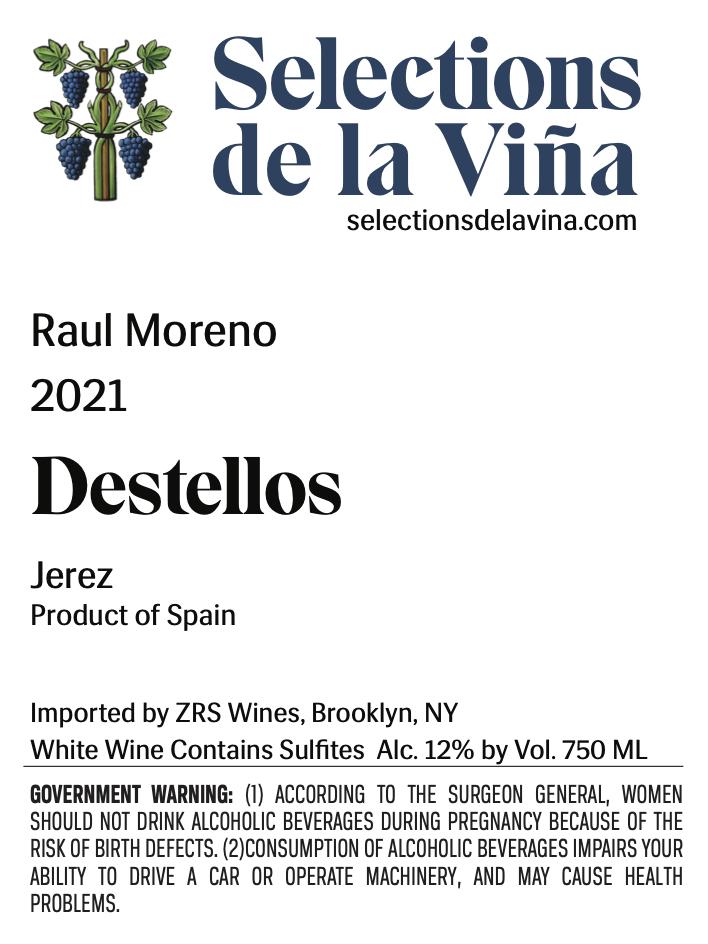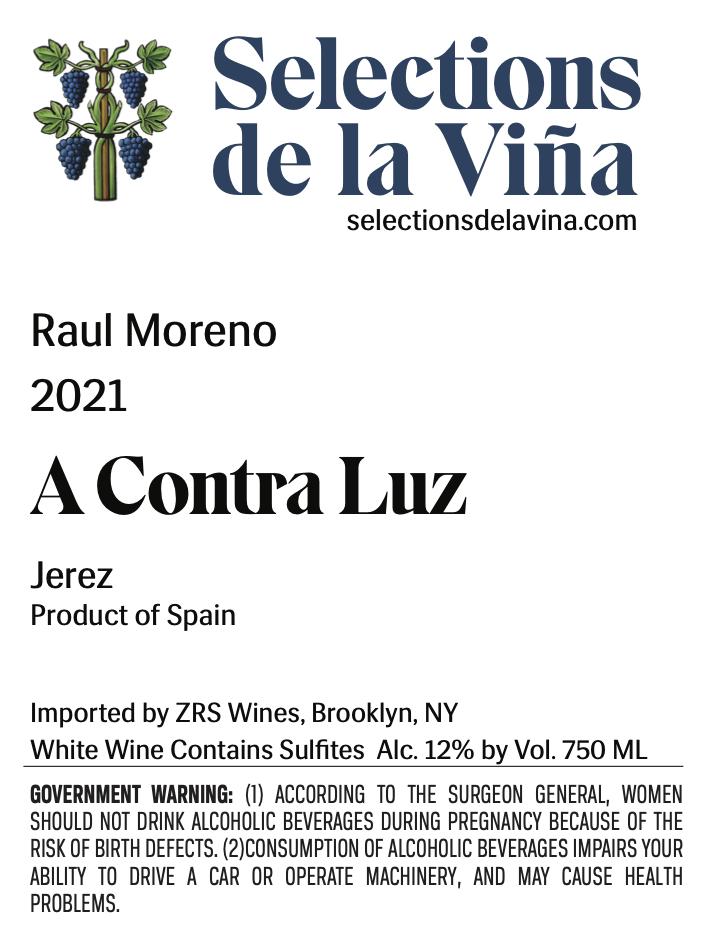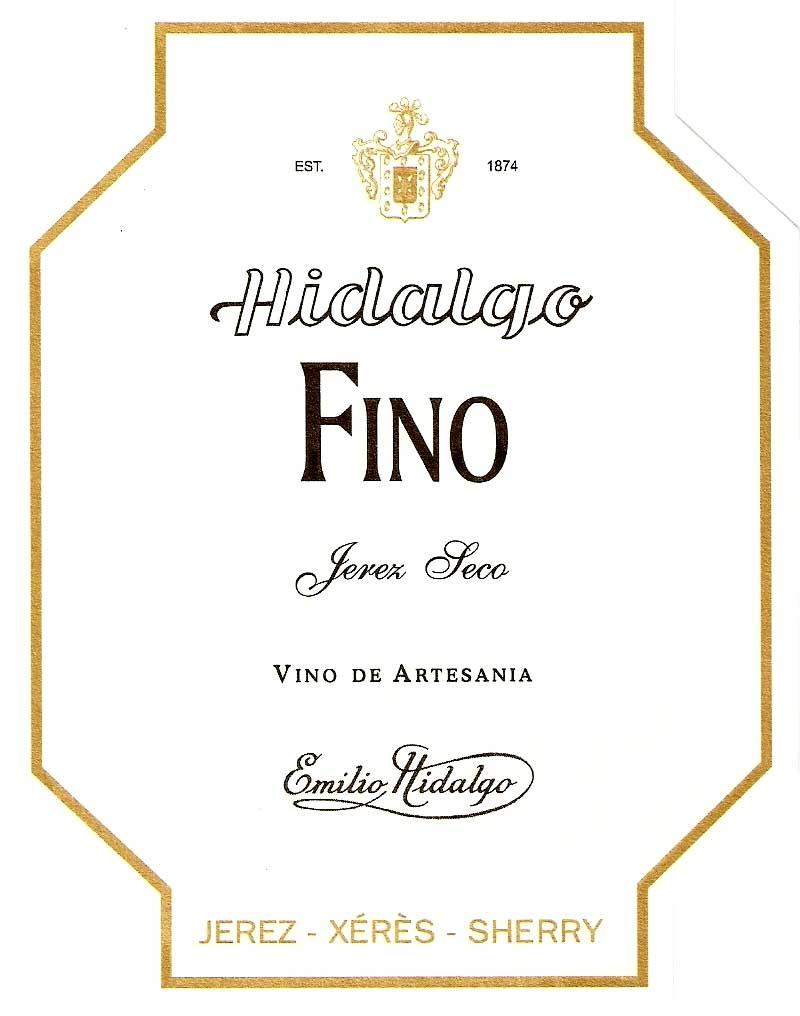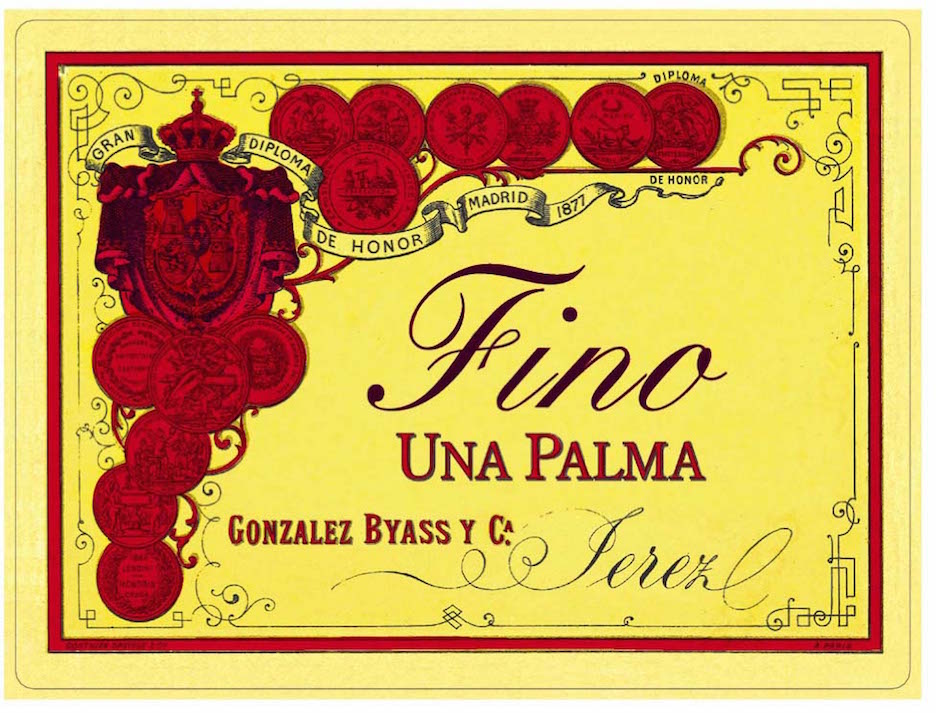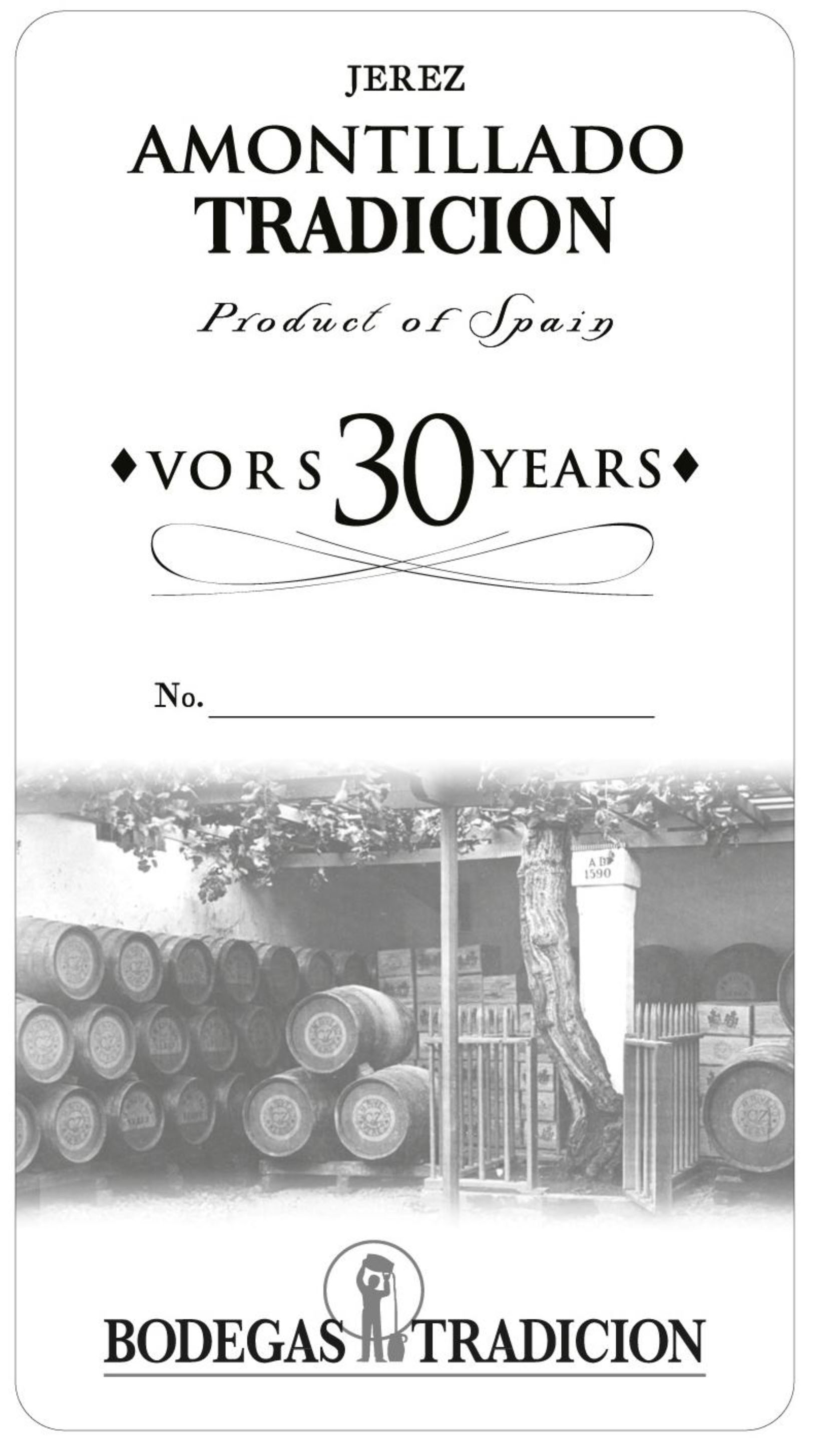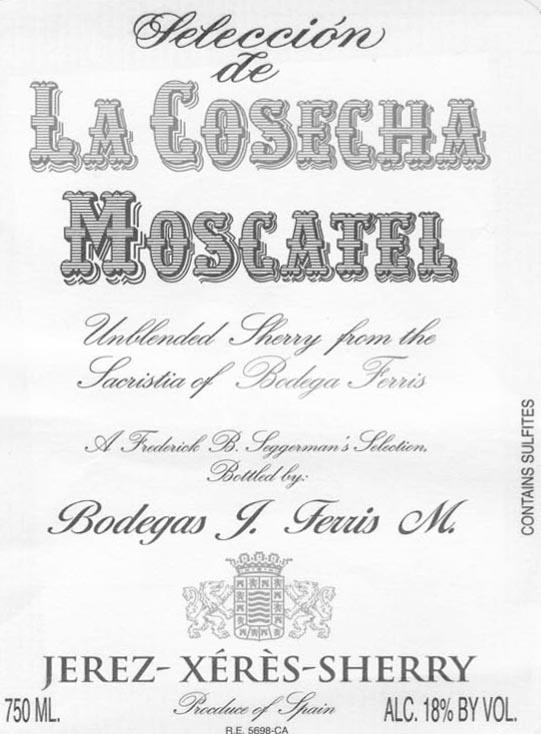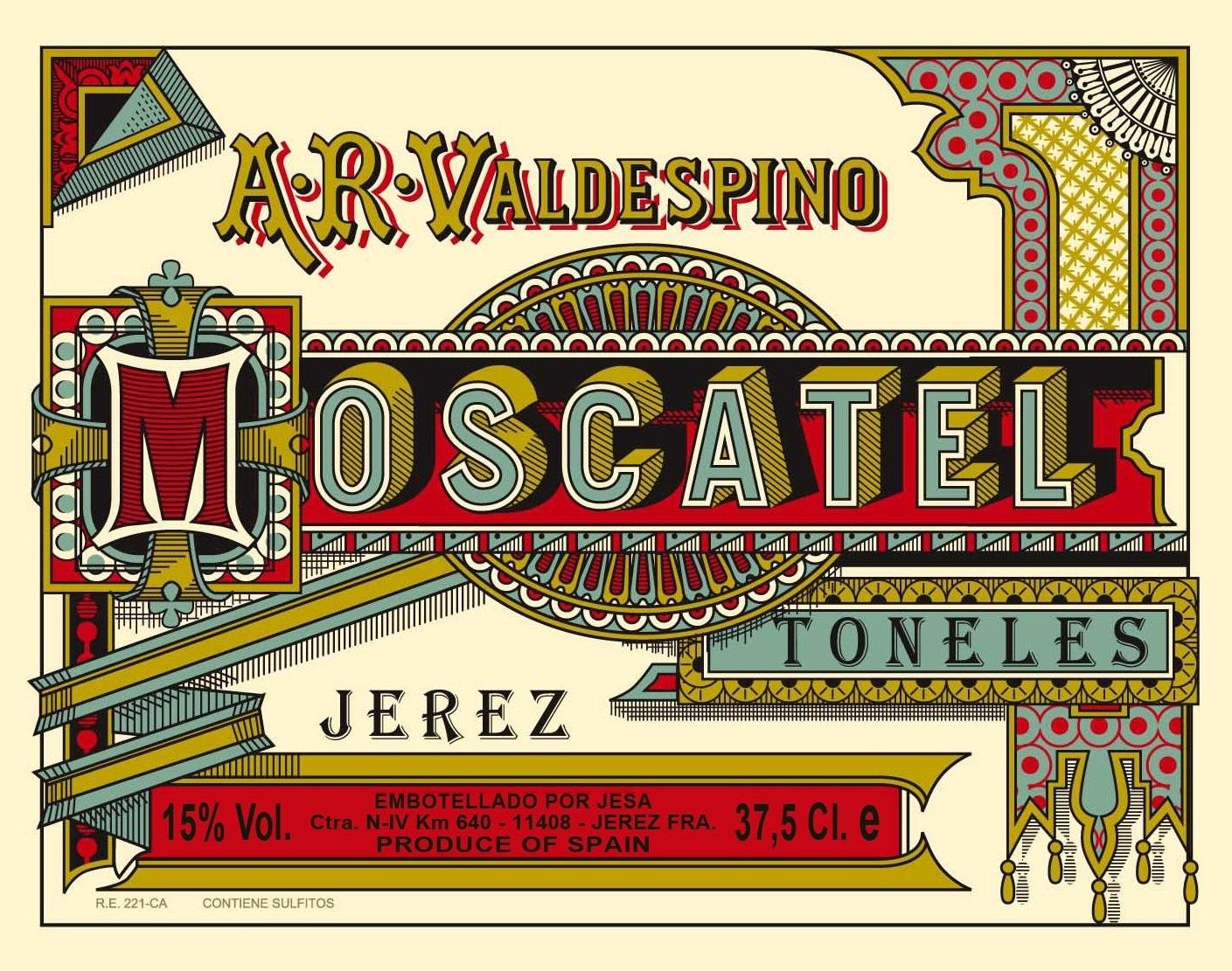Terroir of Jerez de la Frontera
The Jerez region thrives under a warm Mediterranean climate, marked by hot, dry summers and mild, wetter winters. Annual rainfall ranges from 45–60 cm, mainly from November to March, aided by Atlantic breezes. The Poniente wind, cool and humid, supports flor development, while the Levante wind, hot and dry, affects oxidative styles. Temperatures average in the high teens °C, with summer peaks in the mid-30s °C.
Albariza soil, rich in limestone and light-colored, retains moisture and reflects sunlight, promoting vine health in summer. Barros and Arenas soils add variety, influencing wine texture and aroma. Vineyards on gentle slopes up to 200 meters include notable pagos like Macharnudo and Balbaina. The region’s closeness to the Atlantic creates perfect conditions in bodegas for flor growth, crucial for the unique styles of Sherry wines.
Notable Wineries in Jerez de la Frontera
The Sherry Triangle in Spain, particularly Jerez de la Frontera, is home to some of the world's most renowned Sherry producers. This region celebrates a rich history, innovation, and a diverse range of fortified wines. Here are some standout wineries:
-
González Byass: Established in 1835, known for Tío Pepe Fino, offering classic styles with engaging tours.
-
Williams & Humbert: Founded in 1877, famous for cathedral-style bodegas and a wide Sherry range.
-
Lustau: Acclaimed since 1896 for diverse Sherries, including innovative blends and “en rama” releases.
-
Valdespino: Among the oldest, dedicated to traditional methods and iconic soleras like Inocente.
-
Bodegas Tradición: Specializes in very old Sherries with curated tastings and an impressive art collection.
Sustainable Winemaking in Jerez de la Frontera
The Jerez region, famed for its Sherry wines, is embracing sustainability with a blend of traditional and modern techniques. Albariza soil plays a key role in dryland viticulture by storing winter rainwater for the hot summer months. Vineyards are increasingly adopting organic and biodynamic practices, using integrated pest management to minimize chemical use.
Wineries harness solar power and efficient technologies to reduce energy consumption, while the solera system promotes barrel reuse. Byproducts like grape skins are repurposed, and wastewater is often treated for reuse. Additionally, efforts to maintain biodiversity include preserving native plants and creating habitats for wildlife.
These practices not only protect the environment but also ensure the continued quality and diversity of the region's renowned Sherry wines.
Wine Tourism in Jerez de la Frontera
Jerez de la Frontera is a cornerstone of wine tourism, celebrated for its rich Sherry and brandy heritage.
Explore the Ruta del Vino y Brandy del Marco de Jerez, connecting enthusiasts with wineries, taverns, and museums.
Visitors can delve into the solera process at major bodegas like González Byass and Emilio Lustau or opt for intimate tours at smaller establishments.
The region's festivals, including the Vendimia de Jerez and Feria del Caballo, offer vibrant cultural experiences.
In addition to wine, Jerez is renowned for its flamenco and equestrian shows, ideal for pairing with tastings.
Local gastronomy shines with tapas that perfectly match different Sherry styles, from Fino with seafood to PX with desserts.
Accessibility is convenient via Jerez's airport or rail, with accommodations ranging from town boutiques to vineyard stays, providing easy exploration of the "Sherry Triangle," including Sanlúcar de Barrameda and El Puerto de Santa María.



